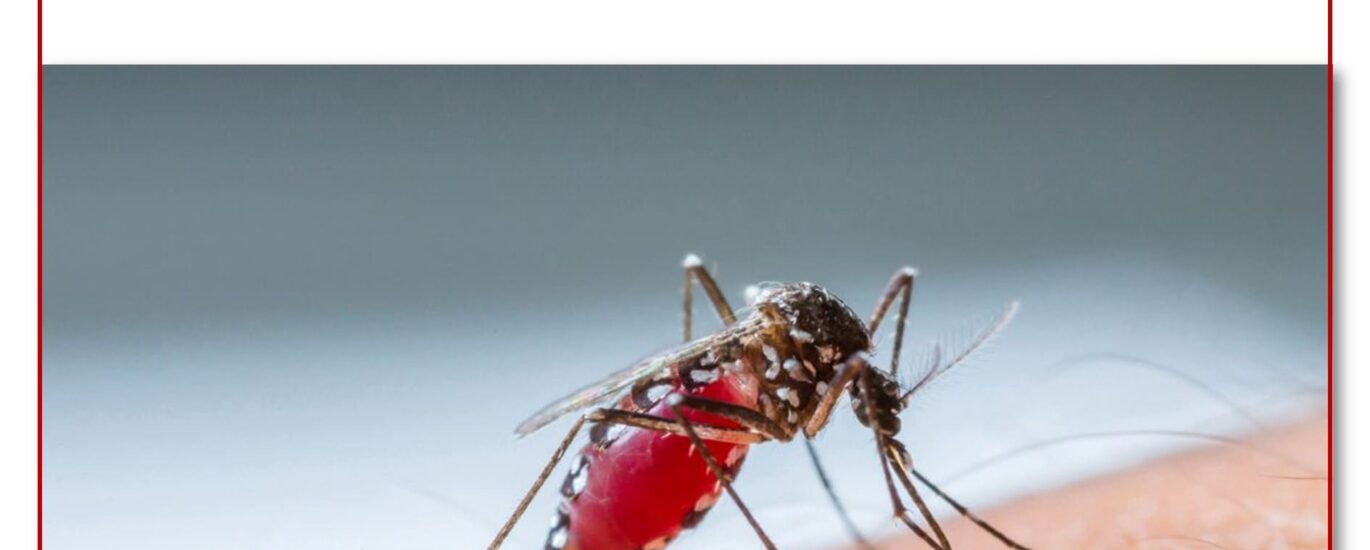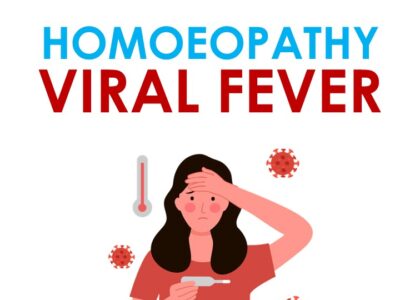INTRODUCTION:
Dengue (DENG-gey) fever is a mosquito-borne illness that occurs in tropical and subtropical areas of the world. Mild dengue fever causes a high fever and flu-like symptoms. The severe form of dengue fever, also called dengue haemorrhagic fever, can cause serious bleeding, a sudden drop in blood pressure (shock) and death.1
SYMPTOM:
Dengue fever causes a severe flu-like illness. It may be look like other diseases such as the flu or malaria. The illness usually lasts three to seven days. Symptoms may include:
- Sudden high fever
- Severe headaches
- Pain behind the eyes
- Joint and muscle pain
- Nausea
- Vomiting
- Swollen glands
- Rash that appears three to four days after the fever starts
A very small portion of people with dengue fever get a severe case. It’s called dengue haemorrhagic fever. Symptoms show up as the fever begins to ease. These may include vomiting that does not go away, rapid breathing, blood in vomit, and bleeding gums.2
CAUSE OF DENGUE FEVER
Dengue fever is caused by dengue virus. A person gets this virus infection on being bitten by Aedes mosquito itself infected with dengue virus.
After the entry of dengue virus into the skin of the person, it enters white blood cells and starts reproduction. Certain proteins – cytokines and interferons – are produced by WBCs as a response to virus multiplication resulting in symptoms like fever and pains. If infection gets severe, virus multiplication increases rapidly and affects organs like liver and bone marrow. This may decrease the number of platelets required for blood clotting that may lead to bleeding from various body parts.
Dengue fever cannot pass directly from person to person like via direct skin contact. But one may get infection if they come in contact with infected blood.
In pregnant women, dengue virus can pass to the baby in womb.
There are five strains of dengue virus that can cause dengue fever. Getting infected by any dengue virus strain gives you lifetime immunity to that particular strain of dengue virus. But this does not nullify the chances of getting infected by rest of the strains of dengue virus. A person may suffer infection from all the five strains (only once with each of them) of dengue virus in his/her life. The chances of severe dengue rises on getting dengue fever more than once.3
DIAGNOSTIC INVESTIGATIONS
1. Dengue RNA PCR test: It can detect dengue virus in early stage of infection and also help to detect the particular strain of dengue virus causing infection.
2. Viral antigen detection test – NS1 (named Dengue NS1 Antigen Test). NS1 means non-structural protein 1. It can also detect virus in early infection stage and should be done within the first 5 days of appearance of symptoms.
3. Dengue serology – Dengue virus-specific antibodies IgG and IgM test.
Among these, IgM antibodies appear in early stage of infection and their detection while symptoms have already appeared indicates dengue infection. The presence of IgM antibodies cannot be detected one to three months after infection.
IgG antibodies detects infection in late stage as IgG levels increase slowly. It can be detected till over 60 yrs age or even through a lifetime indicating past infection.
4. Platelet count: This is lowered in dengue hemorrhagic fever. Normal platelet count is 1.5 lac to 4.5 lac/microliter of blood. Low platelet count is medically termed thrombocytopenia. In dengue cases platelet count may drop to as low as 20000 to 40000 / microliter of blood.
PREVENTION OF DENGUE FEVER
1. The best possible way to prevent dengue fever is to prevent mosquito bites and control mosquito breeding.
2. Take measures to stop breeding of mosquitoes. Do not let water collect in any pot, can, old tyres or any other box as mosquitoes breed in standing water. Throw away any pots or boxes where rainwater can collect.
3. Keep windows and doors closed as far as possible to prevent mosquito entry in house.
4. When going out, wear full sleeves clothes, and clothes that cover legs and also wear socks.
5. Use mosquito repellents containing 20% to 30% of DEET.
6. Use of mosquito nets can be helpful.4
HOMOEOPATIC MEDICINE
Aconitum napellus (Monkshood)
- Physical and mental restlessness, fright; does not want to be touched
- Sudden and great sinking of strength; acute, sudden, and violent onset with fever
- The pains are intolerable; burning headache
- Mucous membrane dry, nose stopped up
Belladonna (Deadly Nightshade)
- Hot, red skin, flushed face, glaring eyes, throbbing carotids
- Excited mental state, hyperesthesia of all senses, delirium
- Restless sleep, convulsive movements
- Dry mouth and throat
- Pains that come and go suddenly
Bryonia alba (Wild Hops)
- Patient wants to lie completely still and is worse from any movement
- Stitching, tearing pains that are worse from motion, better from rest
- Dryness of mucous membranes with increased thirst
- Irritable, wants to be left alone
- Bursting, splitting headache and stiffness in the small of the back
- Liver area sore and swollen, sensitive to touch
- Joints red, hot, swollen
Eupatorium perfoliatum (Thoroughwort)
- Throbbing pain in the head and feeling of pressure like a cap on the head
- Occipital pain on lying down, with a feeling of weight; soreness of eyeballs
- Severe bone and muscle pains accompanying a fever
- Yellow tongue with bitter taste in the mouth
- Increased thirst and aching in bones of the extremities preceding chills
- Nausea and vomiting of bile; aching in back, arms, and wrists
Gelsemium (Yellow Jasmine)
- Dullness of the mind with lethargy and apathy regarding the illness
- Dull, heavy headache and backache; heaviness of the eyelids—wants to keep eyes closed
- Face hot and flushed; weakness and trembling of limbs
- Chills going up and down the back; episodes of heat alternating with sweats
- Thirstlessness
Rhus toxicodendron (Poison ivy)
- Extreme restlessness with constant change of position
- Pains are worse on first moving, improve as limbers up
- Heaviness and headache in the back of the head
- Great thirst with dry mouth and throat
- Pain and stiffness in small of the back; pain and swelling of the joints
- Intense urticaria with vesicular skin rash 5
REFREENCES
- https://www.who.int/news-room/fact-sheets/detail/dengue-and-severe-dengue#:~:text=Overview,aches%2C%20nausea%2C%20and%20rash.
- https://www.hopkinsmedicine.org/health/conditions-and-diseases/dengue-fever
- https://www.drhomeo.com/dengue/top-homeopathic-remedies-for-dengue-fever/
- https://www.drhomeo.com/dengue/top-homeopathic-remedies-for-dengue-fever/
- Jacobs J, Fernandez EA, Merizalde B, Avila-Montes GA, Crothers D. The use of homeopathic combination remedy for dengue fever symptoms: a pilot RCT in Honduras. Homeopathy. 2007 Jan;96(01):22-6.











